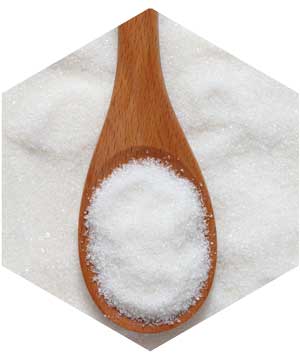The U.S. Sugar Industry
The United States has never been self-sufficient in sugar production and must rely on imports to meet market demand each year. Here’s how the sugar industry works.
Domestic Sources
Sugar is derived from two different crops, which are grown in a handful of states:
- Sugarcane is grown in Florida, Louisiana and Texas. After harvest, sugarcane is milled into raw sugar and then refined.
- Sugar beets are grown in California, Colorado, Idaho, Michigan, Minnesota, Montana, Nebraska, North Dakota, Oregon, Washington and Wyoming. Sugar beets are processed directly into refined sugar.
Needed Imports
Because the United States does not produce enough sugar domestically, American food and beverage manufacturers depend on imports to meet consumer demands each year.
The United States imports sugar under a system of import quotas, which are also called tariff-rate quotas (TRQs). The TRQs set limits on how much sugar can be shipped to the United States every year from each of the 40 countries that exported sugar to the United States 35 years ago. Imports above this level are subject to an extremely high tariff.
Most imports come from developing countries in Central America, South America, Asia, Africa and the Caribbean, and are in the form of raw cane sugar – which must be refined for use in making foods and beverages for sale directly to consumers.
Why Are Sugar Prices So High?
Unlike with other commodities, the federal government – through the U.S. sugar program and trade agreements – restricts imports to keep domestic prices artificially high and mandates marketing allotments to restrict domestic production.
Changes made to the sugar program in the 2008 Farm Bill, which were not fixed in the 2014 Farm Bill and made worse in the 2018 Farm Bill, have led to American consumers paying up to twice as much for sugar as foreign consumers and job losses in the U.S. food and beverage industry.

